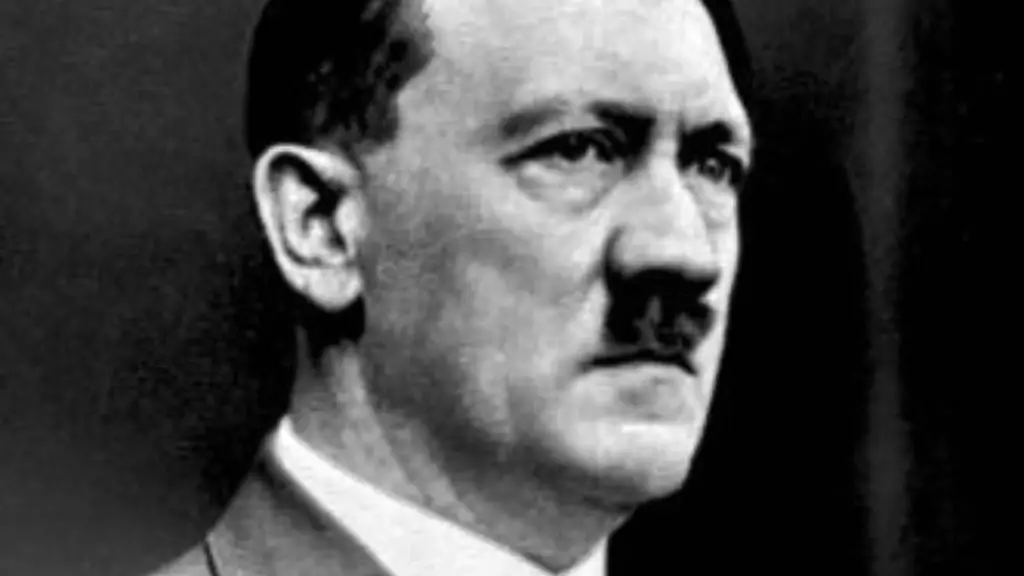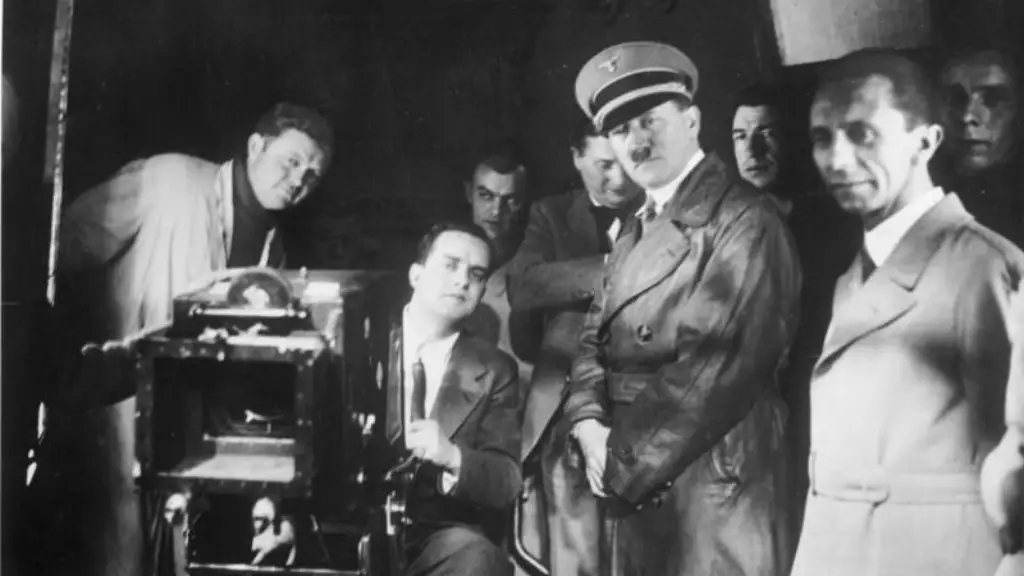Adolf Hitler : The Unknown Facts
Adolph Hitler is known as the more despised and reviled figures in human history. He is remembered as one of the most evil characters ever to have lived, and with good reason. Though his birth place and burial site are known, where is Hitler today? Most people do not know the answer to this question.
Legend has it that Hitler committed suicide alongside his wife and committed Nazi, Eva Braun, after their marriage. Contained within a bunker in the heart of Berlin, their corpses were dragged into a small garden and doused in petrol, in an effort to erase any trace of the dictator.
In 1945, when Russia took control of the capital city of Nazi Germany, Joseph Stalin demanded that Hitler’s body be found, to prove he was actually dead, and to show the world the full extent of German defeat. However, after years of searching and intense research, the Fuhrer’s body was never located.
Today, many theories remain as to what happened to Hitler. Some believe that Hitler could have escaped Berlin and fled into exile elsewhere. The Soviet Union believed this was the case, and put in funds to search for any trace of the dictator in regions such as Latin America. Yet, no proof or evidence was ever found.
Another popular belief is that Hitler’s body was destroyed by the seizing Russian forces, in an effort to remove any trace of physical evidence. Though this idea seems to be the most likely, no evidence has ever been found that can definitely answer this hypothesis.
Unsurprisingly, with no proof of either death or exile, conspiracy theories have grown. Some believe that Hitler survived and escaped from Berlin to Argentina, where he lived out the remaining years of his life in exile and eventually died. Despite media reports of faces similar to Hitler’s in the region, these stories remain unsubstantiated.
While it will always be difficult to answer the question as to where Hitler is, one thing is for certain. Though his methods of terror may have been infamously remembered, his actual location will always remain a mystery.
Adolf Hitler and World War 2
Adolf Hitler played a vital role in World War 2, as his actions led to the beginning of the bloody conflict which raged through Europe and beyond. After his appointment as chancellor of Germany in 1933, Hitler’s actions and rhetoric quickly escalated tensions between the country and its former allies.
Hitler effectively used a combination of propaganda and hatred towards the Jewish community to form a powerful and magnetic bond between himself and the people of Germany. This caused Hitler to gain enormous levels of support from the German population, resulting in a more unified and powerful military, compared to those of other countries.
As suspicion between Europe and Nazi Germany grew, Hitler’s new military rolled into Poland in 1939, as it attempted to expand its empire. This sparked a conflict which would, in one way or another, involve all of the major world powers.
The major countries involved in the conflict, including the UK, US, Russia and Japan, came together in an effort to stand firmly against Hitler’s aggression. Unfortunately, an estimated 65 million people lost their lives as a result of the war, before Germany eventually surrendered in 1945.
Due to Hitler’s role in triggering the Second World War, he will continue to be remembered negatively by many members of the global population. His actions were seen as atrocious and violent, and in many ways, rightly so.
Though this is true, there will always be some people who question the facts behind the actions of Hitler and his regime. It has been widely documented that Hitler was a terrible human being, but are these accounts completely accurate?
To paint an accurate picture of what role Hitler actually played in the Second World War, it is important to consider both sides of the argument. We must listen to those who have an authoritative stance on the majority of evidence, and take into account any new evidence which has arisen within recent years.
Nazi Tactics under Adolf Hitler
Adolf Hitler’s Nazism included some of the most horrific methods of terror that have ever been used throughout history. During his regime, Hitler’s main intention was to create a perfect race of ‘Aryan’ Germans and oppress those who were not deemed to fit the criteria – usually Jewish people.
To achieve this, Hitler put a lot of focus on recruitment, and drafting more soldiers for his cause. As the war continued, it became harder for Hitler to recruit people, so he instead turned to forcing people to become soldiers. This included by forcing young German men into service, and the kidnapping of non-Germans from territories which had been conquered.
Hitler’s terror tactics also included the horrific concentration camps, which were designed to work his enemies to death, through forced labour and starvation. Millions of Jews died in these camps, as well as other prisoners including gypsies, homosexuals, and people with mental and physical disabilities.
Another terror tactic implemented by Hitler was his eugenics program. This involved identifying individuals of ‘unfavourable’ racial characteristics and sterilizing them to prevent them from having children. This was seen by many Nazi officials as a way of preventing ‘inferior’ races from reproducing.
It is undisputable that Hitler’s tactics of terror were incredibly cruel and incredibly effective. Through fear and intimidation, Hitler was able to control entire populations of people in a very short amount of time. This ultimately led to the destruction of many communities and people who were considered inferior.
It is clear from looking back at World War 2, that Hitler was a powerful force, driven by hatred and the mission to create a ‘superior’ race. Some of the terror tactics he used have been remembered through history, as a reminder that hatred and fear should never be used to control.
Eva Braun : Hitler’s Longtime Partner
Eva Braun was Adolf Hitler’s longtime companion, and the woman who eventually married the Nazi leader on the day both of them committed suicide. Braun met Hitler in 1929, while working as an assistant’s assistant in Hitler’s studio.
Braun kept her relationship with Hitler an absolute secret, and only a few of their close friends even knew that she was his companion. This secrecy was paramount for Braun, as she feared that members of the public, or other members of the Nazi party, would consider her a Loose Woman.
Slowly, Braun began to get closer to Hitler and eventually became his live-in companion in his Munich flat. Despite living together, Hitler refused to marry Braun until one day before their death. Braun reportedly found solace in their relationship, even though she was forced to take a back seat when in the company of Hitler and the other major Nazi players.
The night before their death, Hitler and Braun finally married. Reports suggest that Braun had long been pushing Hitler to marry her, but Hitler had refused until this point due to the fact that he was considered a member of the Aryan race.
When Hitler died, many people claimed that Braun had died alongside her husband out of loyalty. It is important to remember, however, that Braun was a Nazi, and it could be assumed that she could not have been too different from Hitler in her beliefs and actions.
The truth of what happened between Hitler and Braun is still largely unknown. The two were together for 14 years, and yet no one outside of their innermost circle of friends will ever know the full extent of their relationship.
Hitler and Social Propaganda
Adolf Hitler’s rise to power was incredibly swift, and in many ways unexpected. One of the key factors in his success was his use of social propaganda. This included speeches and posters, as well as images of Hitler, which were used to build trust and authority.
Hitler and his Nazi associates used a lot of symbolism and allusion to “Aryan” superiority in their propaganda. This included references to the beauty of blonde hair, blue eyes and a “proud” bearing – all of which were associated with the Aryan race.
They also included images of youth and babies in their posters, in an effort to create an ideal future for “Aryan” Germans. This was effective, as it created a sense of hope and unity between the Nazi party and the German people, resulting in an enormous following of support.
Hitler was also careful to divide Germany and its subjects into two clear-cut teams – those for the Nazi party, and those against it. This created a sense of community and a feeling of “belonging” amongst the supporters, and ultimately contributed to Hitler’s rise to fame and power.
Social propaganda, used effectively, can be an incredibly powerful and convincing tool. Hitler’s use of such techniques during his rule will remain a lasting lesson of how effective it can be. While this power and influence should always be used with caution, it has become an integral part of modern-day political discourse.
Though Hitler’s techniques of persuasive rhetoric and symbolism worked for the Nazi party, it has been highlighted that social media can be incredibly effective when it comes to building trust, spreading information, and gaining support. This is something which all of us should remember as we use social media in modern times.
Hitler’s Influence on Society
Adolf Hitler’s rule over Nazi Germany was one of the most brutal in human history, with his terror tactics and racism leaving a lasting impact on all of those who experienced it. His influence can still be seen to this day, both in Europe and around the world, in the form of memorials and museums dedicated to remembering his actions.
Hitler’s influence can also be seen in how his actions continue to shape the discourse around fascism and right-wing populism. Even today, many countries still hold authoritarian leaders who structure their policies and rhetoric around Nazi-era principles.
One example of this is Hungary’s current Prime Minister, Viktor Orban, who has echoed many of Hitler’s policies in his own rule. This includes policies surrounding immigration and nationalism, which are eerily similar to those implemented in Nazi Germany.
Though it was Hitler’s intention to create a “master race” of Aryan “pure- blood” Germans, his actions only resulted in terror and suffering for countless people across Europe. As we look back on Hitler and his time in power




